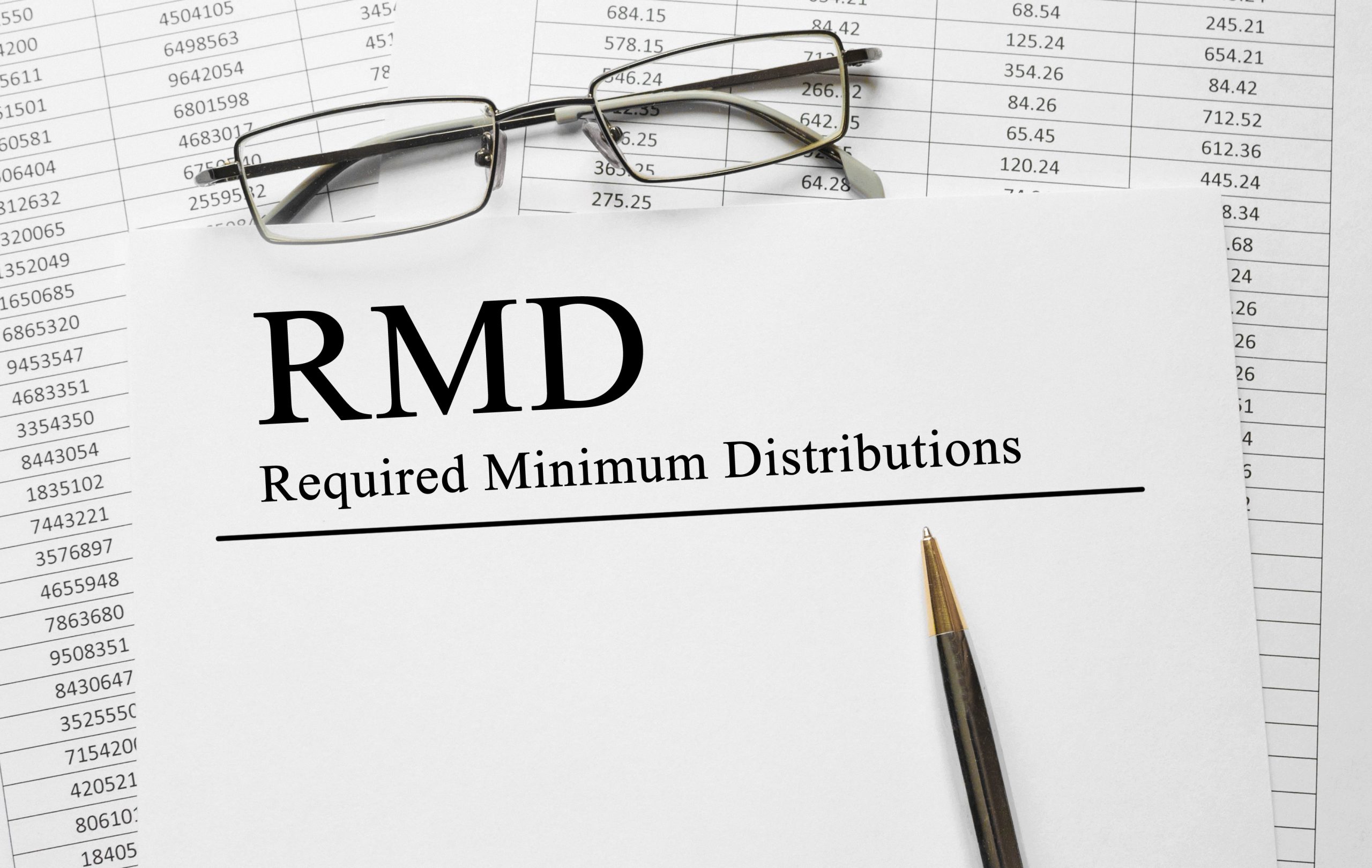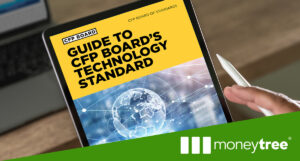Each year Moneytree Plan users will frequently ask the question: Why are RMDs appearing at age 71?
Moneytree Plan will start RMDs the year the clients turn 72. As a result, RMDs may begin at either 71 or 72 depending on the date of birth and the date the report is generated.
This RMD timing can be a confusing topic. It can help to conceptualize it by asking this question: If my client is 71 today, will they turn 72 before December?
If the answer to the above question is yes, they would likely start RMDs by December. In a report the displayed age would be 71 to reflect their current age but would recognize they turn 72 before December when their first RMD would be due.
It is easiest to conceptualize this in the beginning of the year with 71-year-old clients. For people that are 71 in January, they will almost certainly turn 72 sometime later in the year. Advisors with 71-year-old clients are likely aware of this and realize their clients typically start their RMDs this year.
Though the first RMD is not technically due until April, Moneytree Plan will assume December to take a conservative approach and avoid further confusion by showing 2 RMDs in one report year.
Moneytree Plan operates on 12-month periods from the date a report is generated. Every year represents 12 months of incomes, expenses, growth, etc. The ages shown on the reports will start at the ages the individuals are today.
Moneytree Plan considers all this information to determine the RMD start age. If a client is 55 today and turns 56 in 3 months, the program remembers this every year. When they are 71, the program knows they will turn 72 in 3 months. If January 1 is less than 3 months away, then an RMD will appear at 71.
Now, let’s a detailed look at some examples for the RMD start ages.
RMDs at 71
This will occur for reports generated before a client’s date of birth if they are 71 or younger. Consider the following example:
- Date of Birth: June 21, 1951
- Report Generation Date: January 21, 2021
- Report Year Date Range: January 21 to January 20 following year
- Current Age: 69
- Age 72 Date: June 21, 2023
- Program’s First RMD Due Date: December 31, 2022
- Date Report Displays Age 72: January 21, 2023
As seen above, the individual will turn 72 and their first RMD will be due within the date range between January 21, 2022 and January 20, 2023. That is 2 years into the report and before the report displays age 72. This means the RMD will display at age 71. If a report is run on June 22, 2020, the RMD will display at age 72.
RMDs at 72
This will occur for reports generated after a client’s date of birth if they are 71 or younger. Let’s use the assumptions from the previous example but for a report generated on June 22, 2021:
- Date of Birth: June 21, 1951
- Report Generation Date: June 22, 2021
- Report Year Date Range: June 22 to June 21 the following year
- Current Age: 70
- Age 72 Date: June 22, 2023
- Program’s First RMD Due Date: December 31, 2023
- Date Report Displays Age 72: June 23, 2023
With this example, the individual will turn 72 at the very end of the report year. In this case, the first RMD due in December lands within the report period when it displays age 72.




